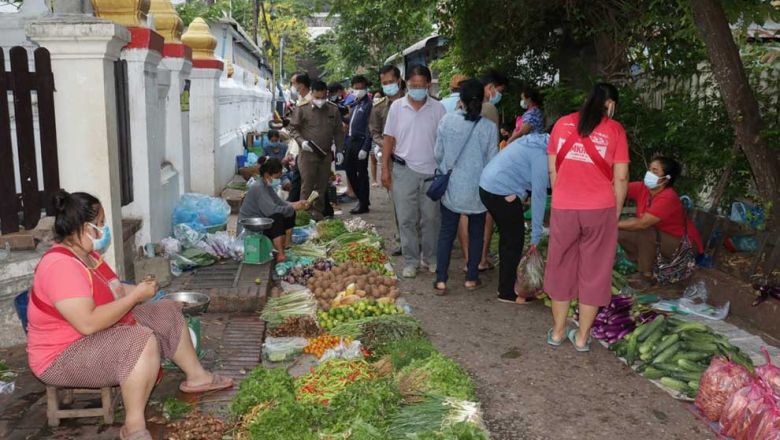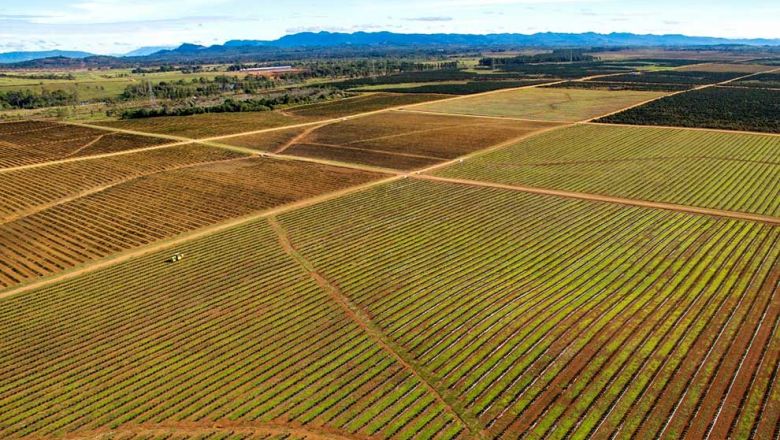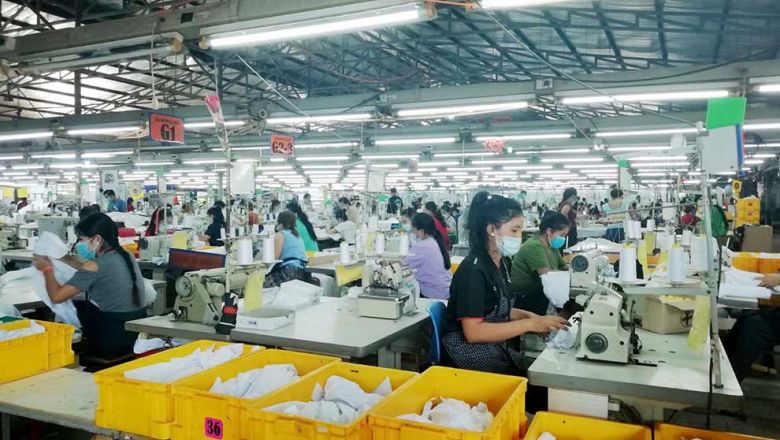Orders mount up for Luang Prabang's dried riverweed
Orders mount up for Luang Prabang's dried riverweed
Fifty women from Bom village in Nambak district, Luang Prabang province, are struggling to produce sufficient dried riverweed to fulfil the large number of orders placed by local and foreign customers, head of the village's khaiphaen producer group, Ms Khamphone, said yesterday.
She said the 50 riverweed producers in her group are now very busy collecting weed from the Nambak River. The weed grows in abundance from November to May, so the women are hard at work.
There is great market demand in Luang Prabang province and we are getting orders from our regular customers and new customers. They order an unlimited quantity, but we can't produce enough to meet demand. We can only make 5,000 pieces of dried riverweed a day, Ms Khamphone said.
From early morning until 5pm one woman can make 100 pieces of riverweed so the group of 50 women can produce 5,000 pieces. Each piece is about the of a sheet of A3 paper and costs 2,000-3,000 kip.
We can make 500-600 bags of riverweed a week. Each bag contains five sheets and we sell them at different prices because there are three grades. Prices range from 15,000 kip to 25,000 kip, Ms Khamphone said.
The group earns about 40 million kip a month from the sale of riverweed, depending on how much they can produce each day. Some women earn over 5 million kip a month.
According to Ms Khamphone, the women of Nambak district have been making dried riverweed for sale for many years. They first made it just for consumption by their families and have long had a close affinity with the Nambak River. They eat khaiphaen as a snack and when eaten with sticky rice it constitutes a meal.
The Lao Women's Union in Luang Prabang province runs a project to support the women of Bom village to make khaiphaen for sale. The women set up a group to produce riverweed for sale in 2010. Later, the government of the Republic of Korea provided modern equipment so the women could wash the riverweed to ensure it was clean.
The Lao-Korea Science and Technology Centre was established at the Faculty of Agriculture and Forest Resource at Souphanouvong University. It was supported by Korea's Ministry of Science, ICT and Future Planning and the National Research Foundation of Korea. The centre ran a four-year project from 2014 to 2018 to help the women of Nambak district to make dried riverweed by establishing a university-based enterprise on agro-processing and the Khaiplaen Community Business in Nambak district. This was done with the assistance of officials at the centre, Ms Khanngeun Phommalangsy and Mr Soulin Chintavong.
The centre built a riverweed processing unit in Bom village and a new one is now under construction in Lee village to help the women produce sufficient riverweed to fulfil the large number of orders from Lao and foreign customers.
Women in rural areas benefit from making riverweed for sale and are conserving a longstanding tradition in Luang Prabang province, Mr Soulin said.
Ms Khamphone said she would like more women in the village to join the producers' group so they can make even more khaiphaen to sell to visitors to Luang Prabang as the popular snack is a kind of gift from the province.

















